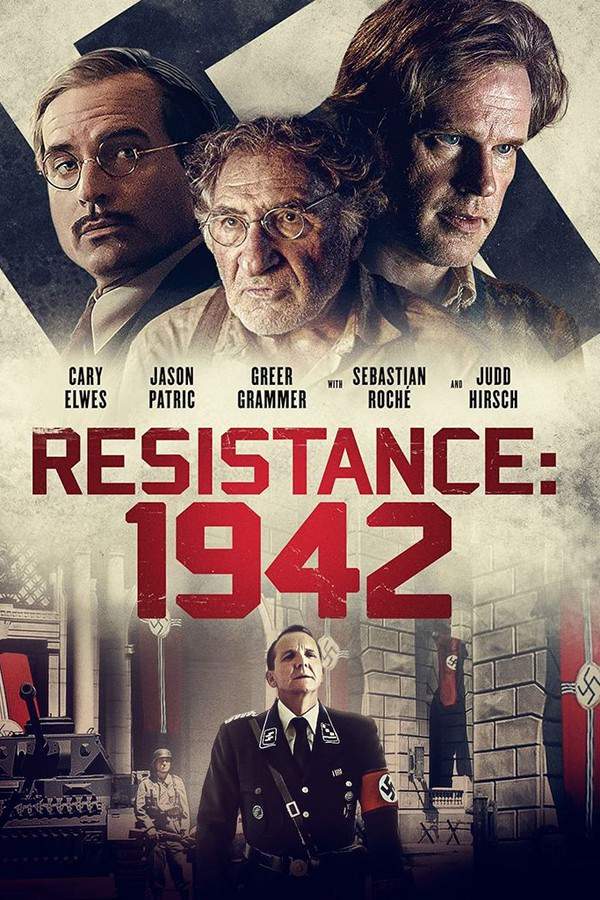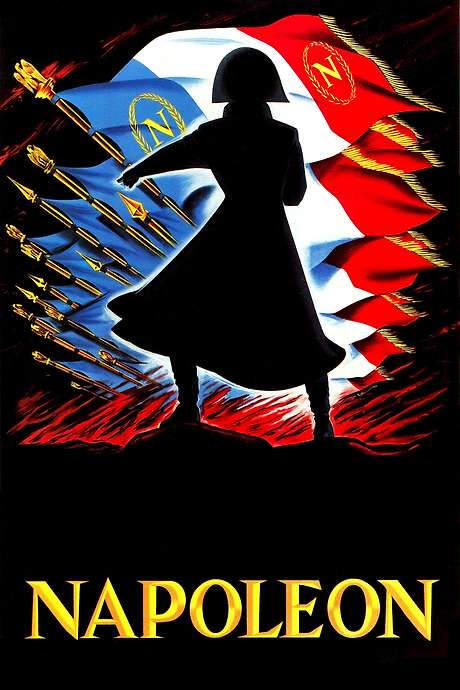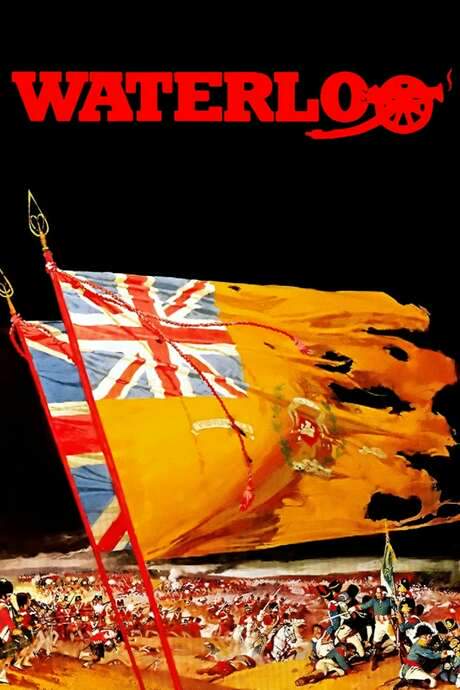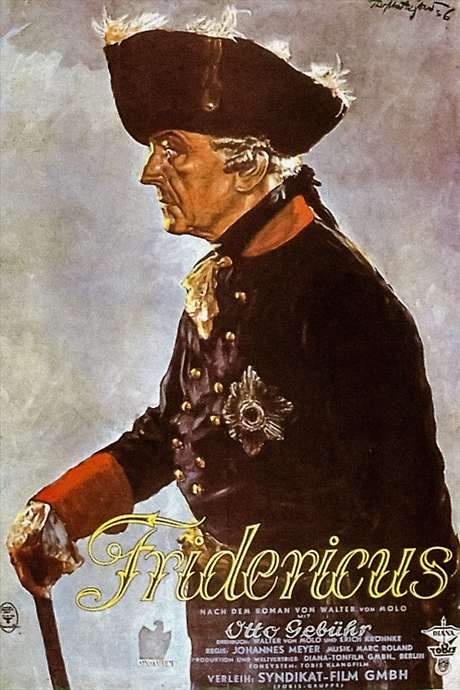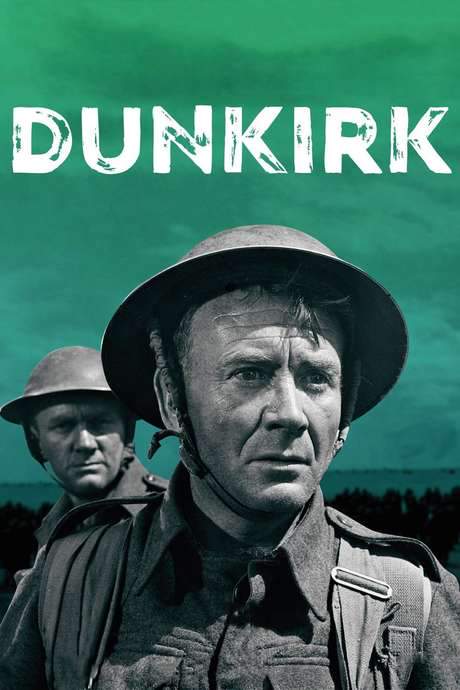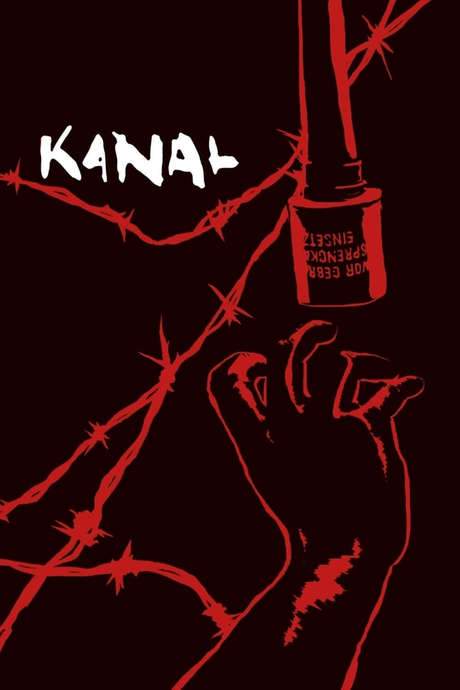
Kolberg
Year: 1945
Runtime: 110 mins
Language: German
Director: Veit Harlan
During Napoleon’s victorious campaign in Germany, the city of Kolberg finds itself cut off from the retreating Prussian army. Undeterred, its citizens rally together, refusing to surrender and mounting an organized resistance against the French forces, which promptly unleash a massive artillery barrage on the city.
Warning: spoilers below!
Haven’t seen Kolberg yet? This summary contains major spoilers. Bookmark the page, watch the movie, and come back for the full breakdown. If you're ready, scroll on and relive the story!
Kolberg (1945) – Full Plot Summary & Ending Explained
Read the complete plot breakdown of Kolberg (1945), including all key story events, major twists, and the ending explained in detail. Discover what really happened—and what it all means.
Set in 1813 after the Befreiungskriege, the film opens with Prussian Landwehr and volunteers marching through Breslau, as crowds surge with energy and pride. Nettelbeck stands at the heart of the city’s resolve, challenging both fear and complacency as the siege cloud hangs over Kolberg. Beside him, the seasoned strategist is not alone in his beliefs about how a civilian-led defense can hold against a formidable foe; Gneisenau weighs in, arguing that Kolberg’s earlier resistance proved the crucial power of citizen armies and local dedication. The camera lingers on the bustling streets and the anxious faces of townspeople who must decide where their loyalties and duties lie when empire and army seem distant yet inexorable.
A shift in time carries the viewer to Vienna in 1806, where the abdication of Francis II, the last Holy Roman Emperor, unfolds against a backdrop of political upheaval and shifting allegiances. In a key moment, the film underscores the drama of leadership with a stark remark about the Emperor, encapsulated in a line that rings through the narrative: > an Emperor who abandoned the German people in their hour of need. This encapsulates the sense of betrayal and the unfinished burden of nations trying to chart a new course amid invading forces and collapsing old orders.
The story then returns to Kolberg in 1806, where life continues in ordinary rhythms even as danger closes in. The town’s leaders, led by Mayor Nettelbeck, grapple with Napoleon’s announcements and their implications for survival. Opinions split among residents: some see opportunity in French victories, others fear subjugation, while Nettelbeck remains steadfast in opposition to surrender. In a bold move, he creates a citizen militia and marshals supplies, resisting the inertia of the regular Prussian Army and the creeping sense that resistance is futile. The tension between civic courage and military caution becomes the throughline of this section, highlighting how local initiative can stretch beyond official channels when the pressure to capitulate grows intense.
As pressure mounts, Nettelbeck confronts brutal threats of execution from the military hierarchy. To buy time and give Kolberg a chance, he dispatches Maria, a humble farmer’s daughter, on a perilous journey to Königsberg. She is to seek an audience with the King and with Queen Louise, carrying the weight of the town’s fate on her shoulders. Her mission is not merely personal courage but a bridge between the private life of a citizen and the high-stakes politics of a court in retreat. The journey becomes a test of nerve and resolve, and the narrative makes a pointed connection between ordinary life and national destiny.
Maria’s bold overture reaches the royal circle, and she wins an audience with the Queen. The Queen is moved by the plea and, in a decisive moment, orders that Gneisenau be sent to Kolberg to reinforce the beleaguered city. The film emphasizes that leadership can come from a combination of popular pressure, personal sacrifice, and the confidence of those at the top who are willing to act when the moment demands it. The Queen’s intervention signals a turning point in the siege, aligning the citizen mobilization with the military response in a way that gives Kolberg a fighting chance.
Within the siege, the narrative threads together the efforts of the city, the militia, and the higher command as they coordinate to hold the line. A subtle undercurrent of political storytelling threads through the plot, reminding viewers that war is not only about battles but also about the will to stand up against overwhelming odds. The execution of this plan—bolstered by Maria’s courage and the decisive orders from the royal court—helps reshape the city’s fate, even as the film notes that the historical record may not fully align with every event depicted on screen. The sense of collective effort and communal resolve serves as a throughline, underscoring how ordinary people and extraordinary leadership can converge to alter the course of a town under siege.
The film then moves forward to a broader horizon: 1813, after the Tauroggen Agreement. Napoleon’s failures in Russia have shifted the mood among Prussian leaders, who now entertain the possibility of challenging him directly rather than waiting for favorable tides. It is Gneisenau who persuades the King to take a bold stand, culminating in a stirring royal proclamation. The call, known in history as An Mein Volk, rises as a rallying cry that frames the Wars of Liberation as not only a political rebuke to occupation but a renewed assertion of national identity and resolve.
Throughout this sweeping narrative, the film threads together themes of leadership, civic resilience, and the moral responsibilities of those who govern and those who follow. The evolving relationship between citizens and the crown—the way a city can mobilize its people and a monarch can respond with decisive action—forms the emotional core of the story. The result is a vivid, human-scale portrait of a nation at a crossroads, where courage is found not only on battlefields but in the daily choices of those who refuse to surrender to fear.
Last Updated: October 05, 2025 at 11:22
Unlock the Full Story of Kolberg
Don't stop at just watching — explore Kolberg in full detail. From the complete plot summary and scene-by-scene timeline to character breakdowns, thematic analysis, and a deep dive into the ending — every page helps you truly understand what Kolberg is all about. Plus, discover what's next after the movie.
Kolberg Timeline
Track the full timeline of Kolberg with every major event arranged chronologically. Perfect for decoding non-linear storytelling, flashbacks, or parallel narratives with a clear scene-by-scene breakdown.

Similar Movies to Kolberg
Discover movies like Kolberg that share similar genres, themes, and storytelling elements. Whether you’re drawn to the atmosphere, character arcs, or plot structure, these curated recommendations will help you explore more films you’ll love.
Explore More About Movie Kolberg
Kolberg (1945) Scene-by-Scene Movie Timeline
Kolberg (1945) Movie Characters, Themes & Settings
Kolberg (1945) Spoiler-Free Summary & Key Flow
Movies Like Kolberg – Similar Titles You’ll Enjoy
Paradise (2017) Movie Recap & Themes
Resistance: 1942 (2022) Story Summary & Characters
Operation Dunkirk (2017) Film Overview & Timeline
Waterloo (1929) Movie Recap & Themes
Westerplatte Resists (1967) Full Summary & Key Details
Commandos Strike at Dawn (1942) Ending Explained & Film Insights
Napoleon (1955) Movie Recap & Themes
The Great King (1942) Full Movie Breakdown
Waterloo (1970) Movie Recap & Themes
Is Paris Burning? (1966) Spoiler-Packed Plot Recap
Napoleon (1927) Full Summary & Key Details
Fridericus (1937) Spoiler-Packed Plot Recap
Battle of the Bulge (1965) Detailed Story Recap
Dunkirk (1958) Movie Recap & Themes
Kanal (1957) Story Summary & Characters




